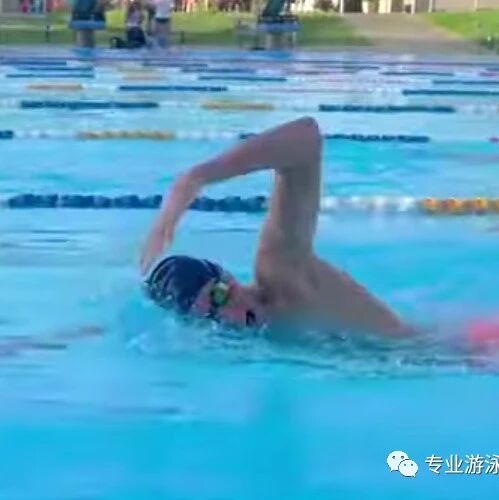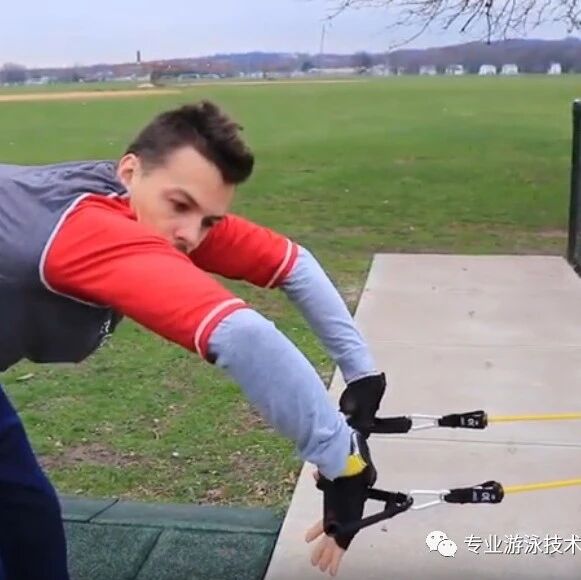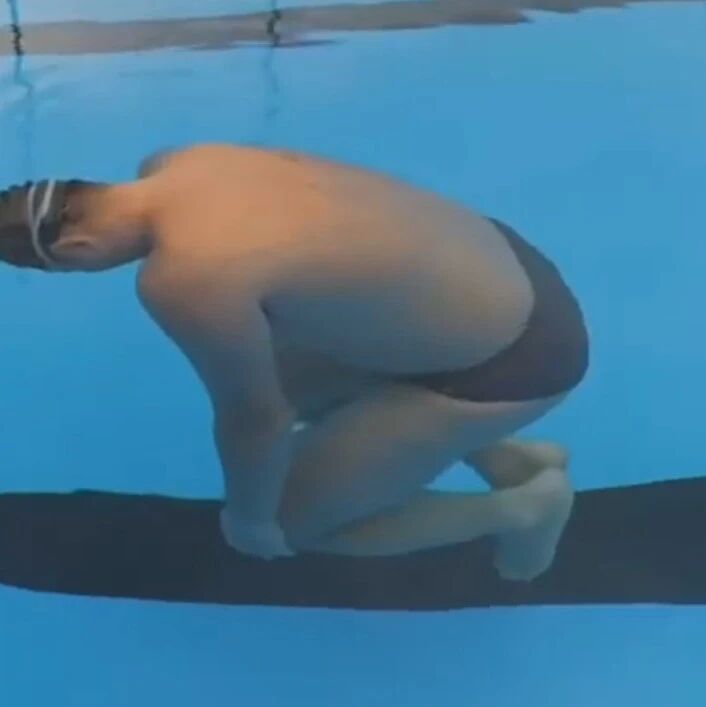Correcting the details of the freestyle arm movement—this is the key breakthrough point for advancing from intermediate to advanced levels.
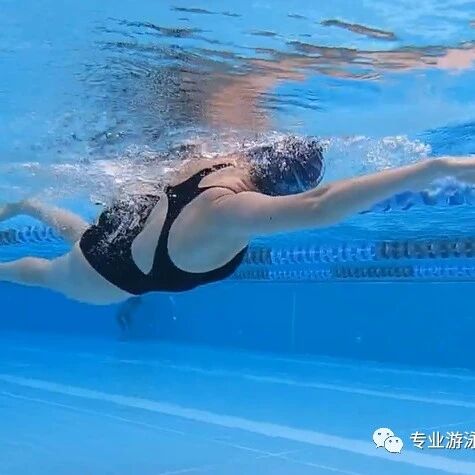
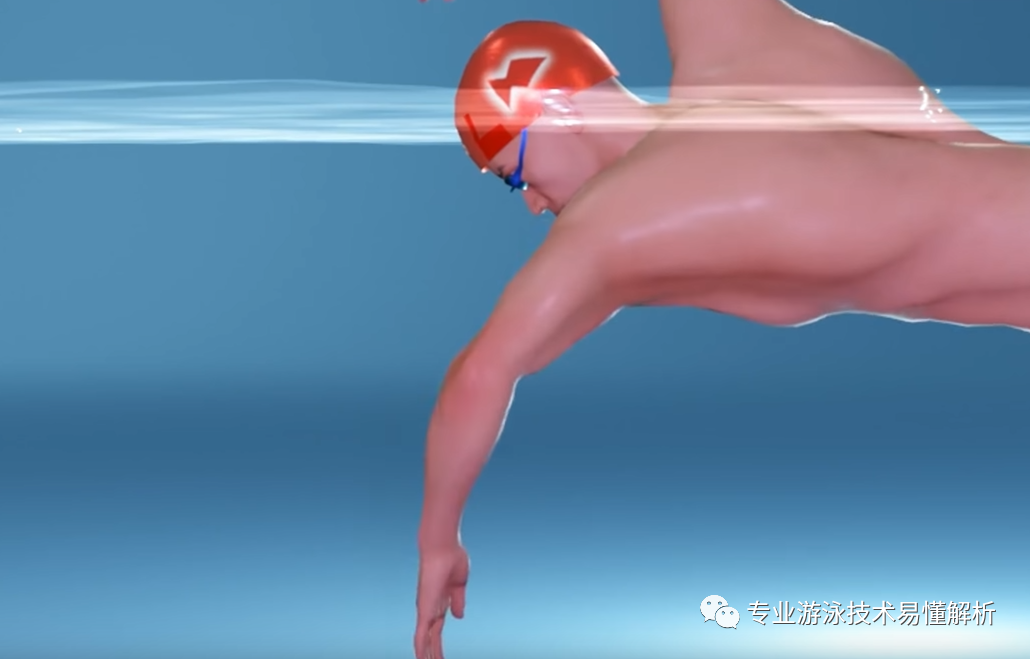
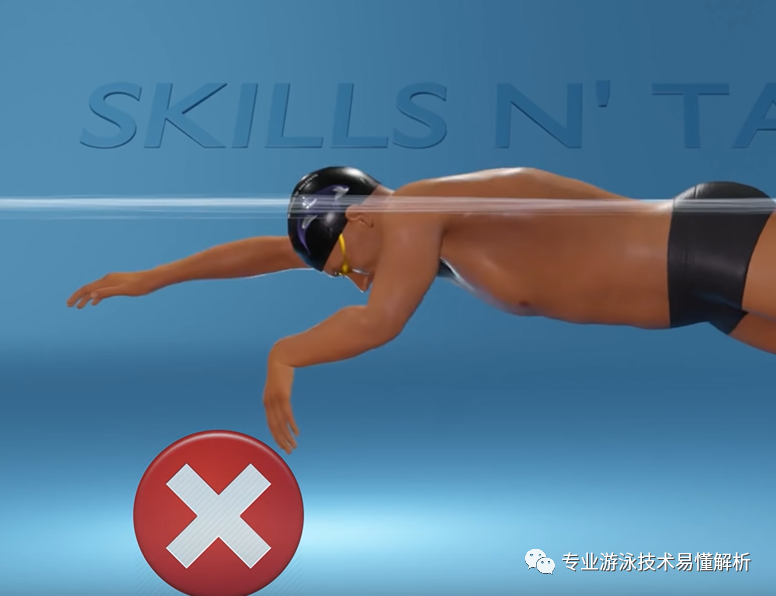
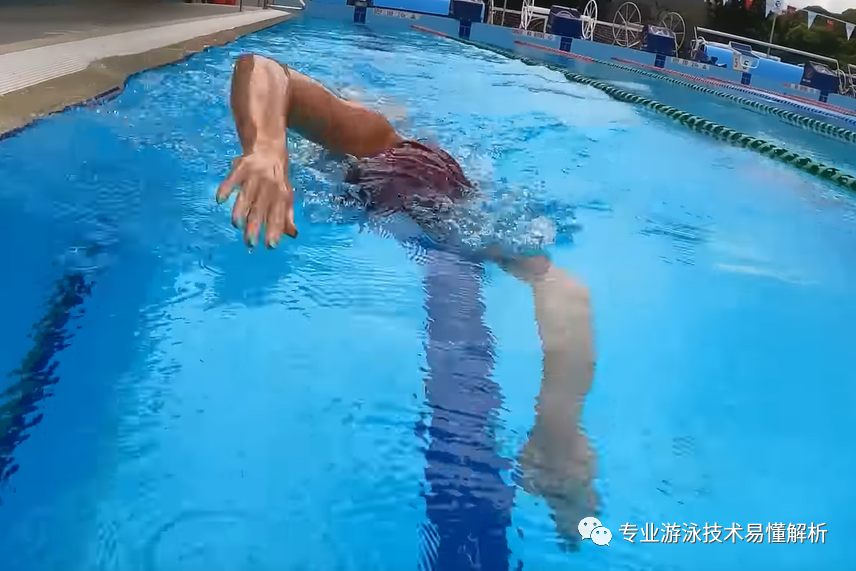
When swimming, the forward reach of your arm is crucial—never rush the recovery phase. Don’t push off the water until the other arm has fully extended and is ready to initiate the next stroke. This principle applies especially when using the front-crossover or mid-front-crossover swimming patterns. Even if you’re employing a back-crossover technique, remember to consider how arm recovery affects your overall swimming rhythm. In some cases, increasing stroke frequency at the expense of reducing the length of each individual pull can actually hinder efficiency—making it less beneficial than expected.
There’s a specific detail requirement for the arm-sweep motion: When performing the arm sweep, should the highest point of the elbow joint be directly above the shoulder or above the head? This isn’t something that can be strictly standardized—instead, it depends on the swimmer’s individual shoulder and elbow joint conditions. We need to carefully consider both joint flexibility and coordination. Some swimmers naturally have excellent shoulder mobility, allowing their elbows to rise comfortably above the head during the arm sweep. However, if the swimmer experiences any discomfort in the elbow joint, it’s best to avoid pushing it too far overhead. After all, focusing solely on shoulder joint flexibility may not always lead to the most effective or comfortable technique.
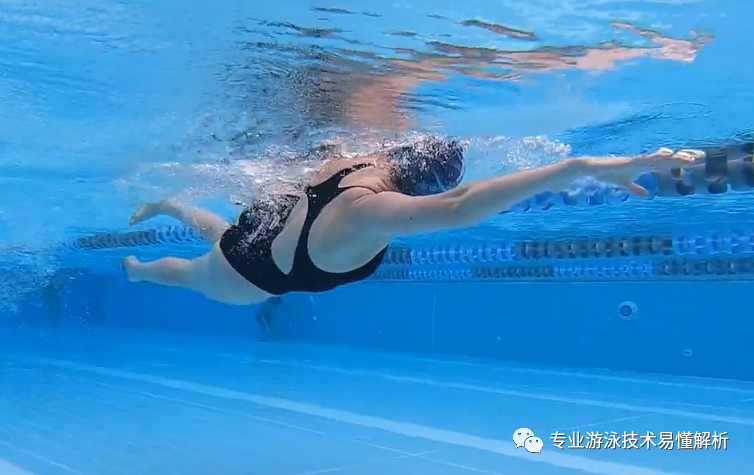
3. Perform the arm movement naturally and with momentum, then engage your core to initiate a smooth, flowing roll after the arm has moved—achieving a natural, (shunshi) rolling motion.
Finally, and perhaps the most challenging aspect to improve: how do you effectively time the engagement of your core muscles during the arm recovery phase, along with the body’s lateral rotation, to optimize overall swimming efficiency? Think back to your arm-swinging motion on land—how can you ensure that the speed of your arm movement is perfectly synchronized with the contraction of your abdominal muscles? This way, you can keep your body as upright and stable as possible, minimizing any unwanted wobbling caused by the arm-swinging action.
Naturally, going with the flow is always the best approach—work with your strengths and find a rhythm that feels most comfortable for you. For each swimmer, this often turns out to be the most efficient way to generate power. But if you ever feel like your swimming speed has hit a plateau, don’t doubt yourself too quickly. Instead, focus on building your strength by incorporating targeted exercises like resistance training on land, which will help strengthen your latissimus dorsi and core muscles. After all, it’s only when your absolute strength improves that your technique can truly shine—and only then will you begin to recognize its true potential, pinpointing areas for further refinement. Remember, though: if your inner strength isn’t solid enough, forcing yourself to master advanced techniques could easily lead to injury. Similarly, if your physical foundation isn’t robust, donning flashy but ineffective armor might actually do more harm than good.
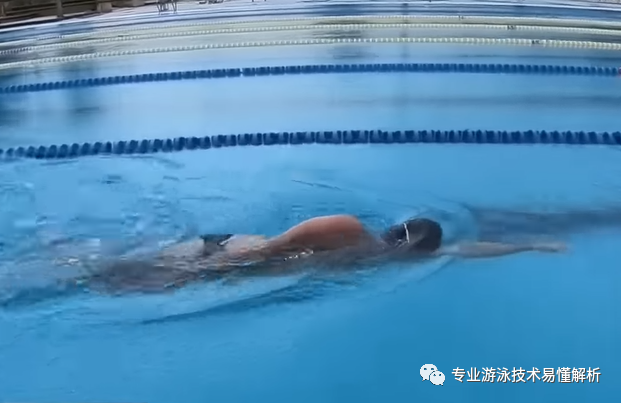
One WeChat official account shares swimming tips, while another focuses on software insights, online resources, and reading experiences.
Thank you for your supportive and encouraging likes, as well as the comments that spark meaningful conversations—and even more, we’d love to see those shares and retweets!
